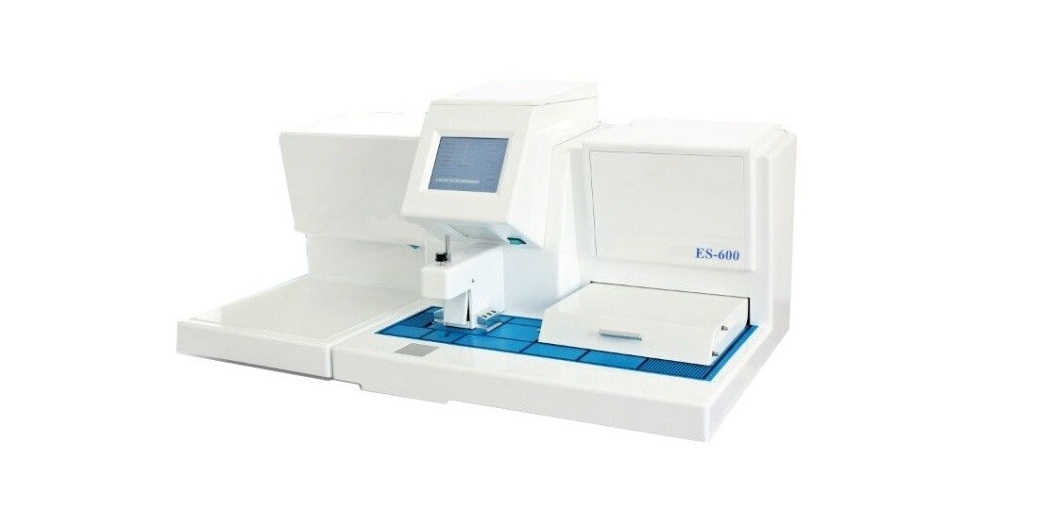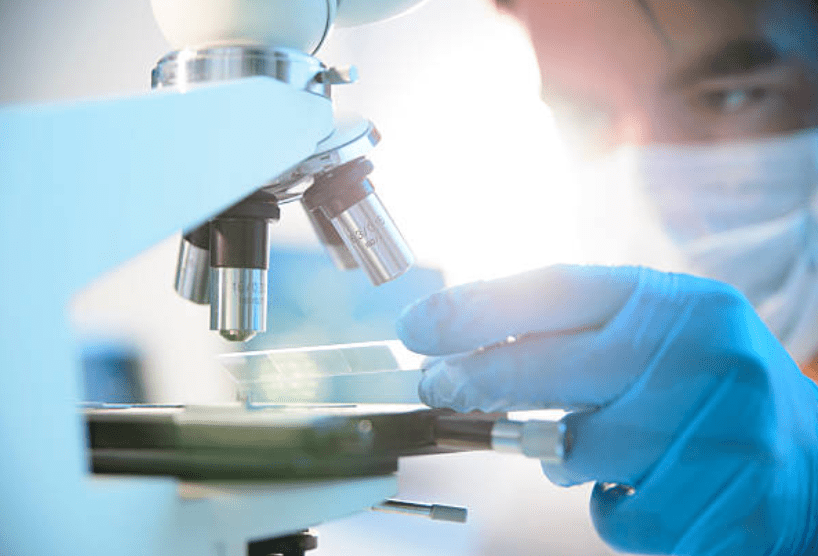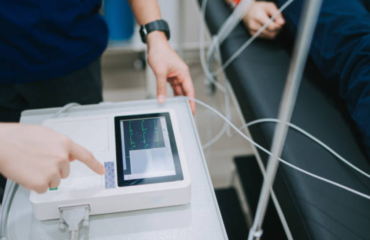Was ist ein Gewebeeinbettungssystem für die Histopathologie und warum ist es in modernen Labors unerlässlich?
Inconsistent sample quality and diagnostic delays are holding labs back. A Histopathology Tissue Embedding System eliminates these bottlenecks, ensuring precision and workflow efficiency. Discover why it’s not just a machine—but a must-have in every modern pathology lab.
A Histopathology Tissue Embedding System is a laboratory device used to encase biological tissue samples in paraffin wax, allowing precise slicing and microscopic examination. This process is critical for disease diagnosis and tissue preservation in modern medical laboratories.

Now that you understand the basic definition, let’s dive deeper into why this system plays such a vital role in histopathology—and how choosing the right one can impact your lab’s diagnostic performance, efficiency, and ROI.
How Does a Histopathology Tissue Embedding System Improve Diagnostic Accuracy?
Accuracy gaps in diagnosis can cost lives.
Manual embedding methods are prone to inconsistencies, risking sample distortion and diagnostic errors. Even minor misalignments can obscure key cellular details.
High error rates damage reputations.
For modern pathology labs, a reliable embedding system minimizes human error, ensuring consistent orientation and support of delicate tissues before microtomy.
Precision = Better outcomes.
Histopathology Tissue Embedding Systems provide temperature-controlled environments, standardized pressure, and uniform paraffin infiltration, which together preserve tissue integrity and cellular structures. This directly improves diagnostic accuracy by ensuring high-quality sections for microscopic evaluation.
Why Should You Upgrade Your Histopathology Tissue Embedding System in 2025?
Outdated equipment can’t keep up.
Many labs are still using embedding units from over a decade ago—slower, less efficient, and harder to maintain.
Lost productivity equals lost profit.
Older systems often lead to downtime, maintenance delays, and inconsistent results—all costly setbacks in today’s fast-paced clinical environment.
2025 models are smarter and faster.
Upgrading to a modern Histopathology Tissue Embedding System ensures improved automation, real-time temperature monitoring, ergonomic features, and higher throughput. For labs scaling up or aiming for international accreditation, such an upgrade isn’t optional—it’s essential.
Where Is the Best Place to Buy a Reliable Histopathology Tissue Embedding System?
Not all suppliers are trustworthy.
With growing demand, the market is flooded with substandard machines, and some vendors even misrepresent certifications.
Choosing the wrong supplier leads to long-term losses.
Delayed shipments, non-compliant products, or lack of post-sales support can critically harm lab operations.
Partner with experienced integrators.
B2B platforms like Alibaba, Made-in-China, or verified supplier websites such as AMIS Medizin offer trusted sourcing channels. AMIS, with its China-based manufacturing partnerships and strict QC process, delivers certified Histopathology Tissue Embedding Systems with full documentation and global logistics support.
What Key Features Should You Look for in a Tissue Embedding System for Histopathology?
Features vary wildly between systems.
Not all embedding systems offer the same functionality, which can create bottlenecks in lab workflow.
Missed features mean missed performance.
Choosing a system without essential capabilities like separate temperature controls or ergonomic design reduces lab productivity.
Match features to lab needs.
Look for systems with independent temperature zones (embedding center, paraffin reservoir, hot plates), paraffin flow control, customizable molds, and intuitive user interfaces. These features streamline tissue processing and reduce fatigue for lab technicians.

How to Choose the Right Histopathology Tissue Embedding System for Your Lab Workflow?
One size doesn’t fit all.
A system that’s perfect for a small private lab may not meet the demands of a large hospital pathology department.
Poor fit leads to inefficiencies.
Incompatible equipment can disrupt workflows, increase sample turnaround times, and lead to under-utilization.
Base your choice on lab scale and specialization.
Labs processing fewer samples may benefit from compact, semi-automatic systems, while high-volume labs should opt for fully automated embedding centers with integrated cassettes and paraffin dispensers. Consider consulting with technical experts at AMIS to match equipment with your lab’s operational goals.
Which Histopathology Tissue Embedding System Offers the Best ROI for Clinical Labs?
Initial cost doesn’t equal long-term value.
Labs often choose systems based on upfront pricing, overlooking operational costs and maintenance.
Hidden costs reduce ROI.
Systems with high power consumption, poor reliability, or low spare parts availability erode long-term value.
Evaluate total cost of ownership (TCO).
A high-quality Histopathology Tissue Embedding System offers better ROI through reliability, energy efficiency, minimal maintenance, and consistent results. Brands that offer OEM flexibility, like AMIS, also support brand resellers with white-label options—further boosting profitability.
Why Is Tissue Embedding a Critical Step in the Histopathology Process?
Poor embedding compromises downstream analysis.
If tissues aren’t embedded properly, sectioning and staining can be flawed, impacting diagnosis.
One mistake ruins the entire process.
Embedding is the last point before microtomy—there’s no fixing errors once the block is cut.
Embedding = Foundation of histopathology.
Tissue embedding stabilizes and supports biological specimens, preserving their morphology for sectioning. It ensures that the pathologist gets an accurate view under the microscope, which directly influences clinical decision-making.
What Are the Common Mistakes When Using a Histopathology Tissue Embedding System?
Routine mistakes degrade quality.
Even with a good machine, improper handling can lead to poor results.
Mistakes cause repeat work.
Incorrect orientation, wrong paraffin temperature, or contaminated molds can force re-embedding—wasting time and samples.
Training and SOPs prevent errors.
Common mistakes include improper cassette placement, uneven paraffin flow, and cross-contamination between tissues. Standardized operating procedures (SOPs) and technician training are essential to fully leverage your Histopathology Tissue Embedding System.
How Does Automation in Tissue Embedding Systems Transform Histopathology Efficiency?
Manual processes limit scale.
Traditional embedding is labor-intensive and inconsistent.
Manual work slows growth.
Manual steps reduce throughput and increase the risk of variability and technician fatigue.
Automation boosts capacity and consistency.
Modern Histopathology Tissue Embedding Systems with automated embedding arms, paraffin dispensing, and temperature regulation reduce human error and speed up processing. This shift not only improves productivity but also ensures reproducibility across samples.

A Histopathology Tissue Embedding System is more than just lab equipment—it’s the backbone of accurate diagnosis and efficient operations. By understanding its functions, benefits, and selection criteria, your lab can stay competitive and deliver consistent, high-quality results.



